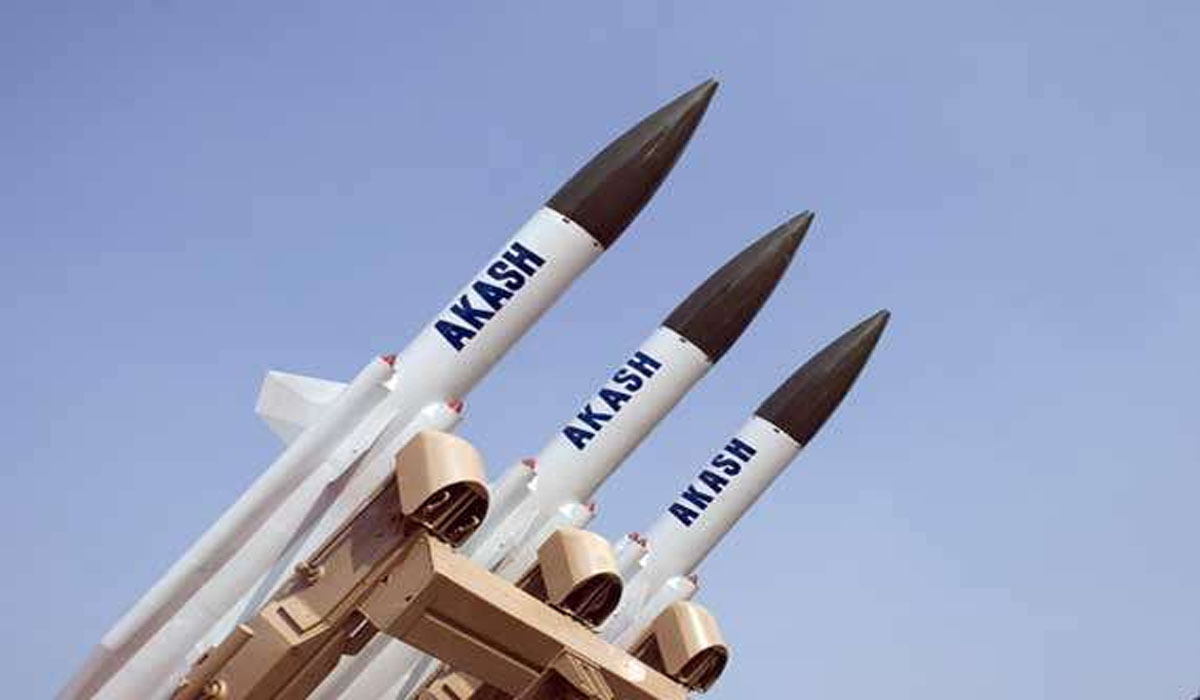
Jaisalmer, May 26: In ‘Operation Sindoor’ against Pakistan, the Indian Army defeated Pakistan with the help of a strong air defence system, i.e. a multi-layered Air Defence (AD) system. The Indian Army foiled many air strikes carried out by Pakistan between 7 and 10 May.
With the help of this air defence system’s strong network of radars, missile batteries and real-time attack, the Indian Army neutralised Pakistan’s nefarious intentions in the air itself.
Pakistan could not cause any damage
In fact, Pakistan carried out drone and missile attacks between 7 and 10 May on the border adjoining Rajasthan in India, which were destroyed by the Indian Army. In a special briefing of the Ministry of Defence, senior officers of the three armies gave details of the bravery of the Indian Army. They also told how success was achieved through strategic efforts, how India’s air defence system was activated and how this system accomplished the task well.
When Pakistani drones, fighter jets and surface-to-surface missiles attempted to intrude into Indian airspace, this air defence system completely foiled the Pakistani attacks. The air attacks carried out by Pakistan were foiled mid-air. This ensured the safe security of airbases, radar posts, logistics hubs and populated areas. This four-layered air defence system of India included long-range surveillance radars, medium-range surface-to-air missiles, the Akash missile system and the short-range air defence missile system, which gave a strong reply to Pakistan.
What is the Akash missile, and how does it work
India’s Akash missile system is one of the best-performing missiles. Akash missile has recently foiled several enemy air attacks and has strongly demonstrated its role as India’s air defence shield.
The Akash missile has a solid fuel, ramjet propulsion system, capable of reaching speeds of Mach 2.5 to 3.5 (up to 4,200 km/h). Its operation range is 4.5 to 25 km and it can engage targets at altitudes up to 18 km. The Akash missile is commanded by a digital autopilot, which includes a self-destruct system to minimise damage in case it misses the target. Each missile is capable of carrying a 60 kg warhead, which can be a conventional warhead or a nuclear warhead. The system has a hit rate of 88% with a single missile and 99% when fired with 2 missiles.
